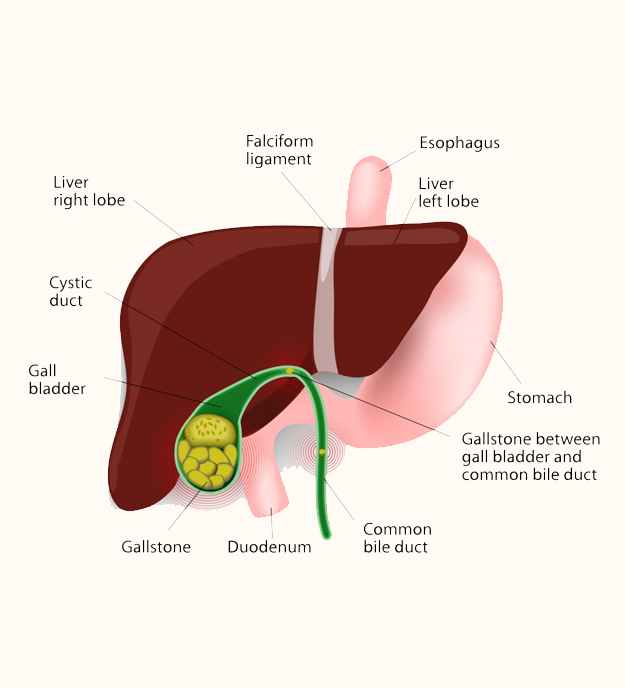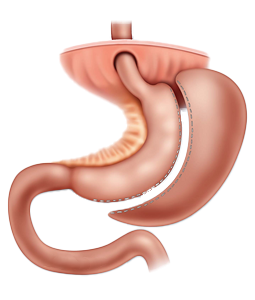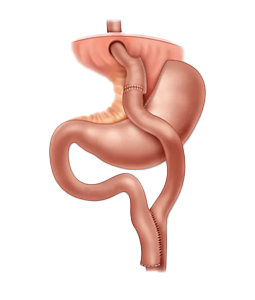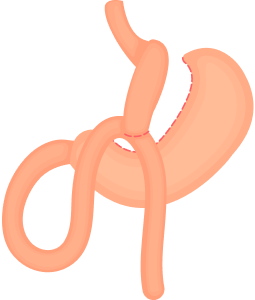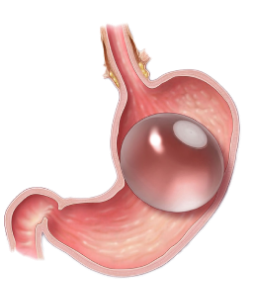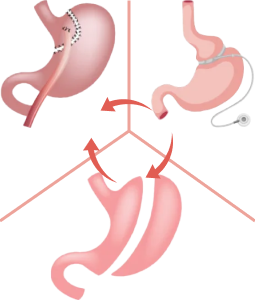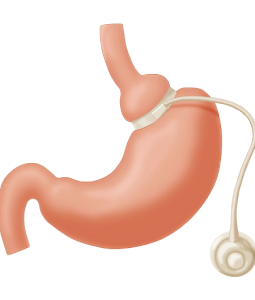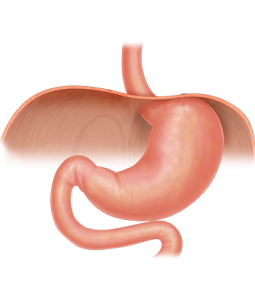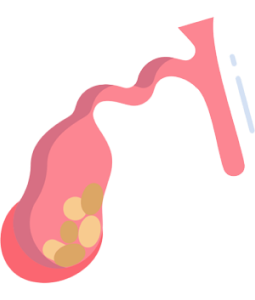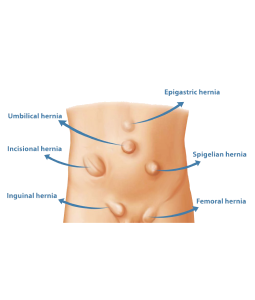Gall bladder issues can significantly impact your comfort, digestion, and overall health. When symptoms like abdominal pain, nausea, or recurring gallstones begin to impact your daily life, it may be time to consider professional assessment. Gall bladder surgery is a safe and effective way to remove the gallbladder and relieve associated symptoms. This procedure is often recommended when lifestyle changes or medications no longer offer relief.
Dr. Niruben Rajasagaram, a skilled surgeon, offers gallbladder surgery in Melbourne, prioritising clear communication, patient education and optimal care. With years of experience in gastrointestinal and weight loss procedures, he provides customised solutions that help you return to daily life as effectively and safely as possible.
Whether you're facing gallstones, chronic cholecystitis, Gallbladder dysmotility or other gallbladder problems, our team is here to support you at every stage—from your first consultation to recovery after surgery. If you're feeling discomfort or have been diagnosed with gallstones, we’re here to help you understand your treatment options.
